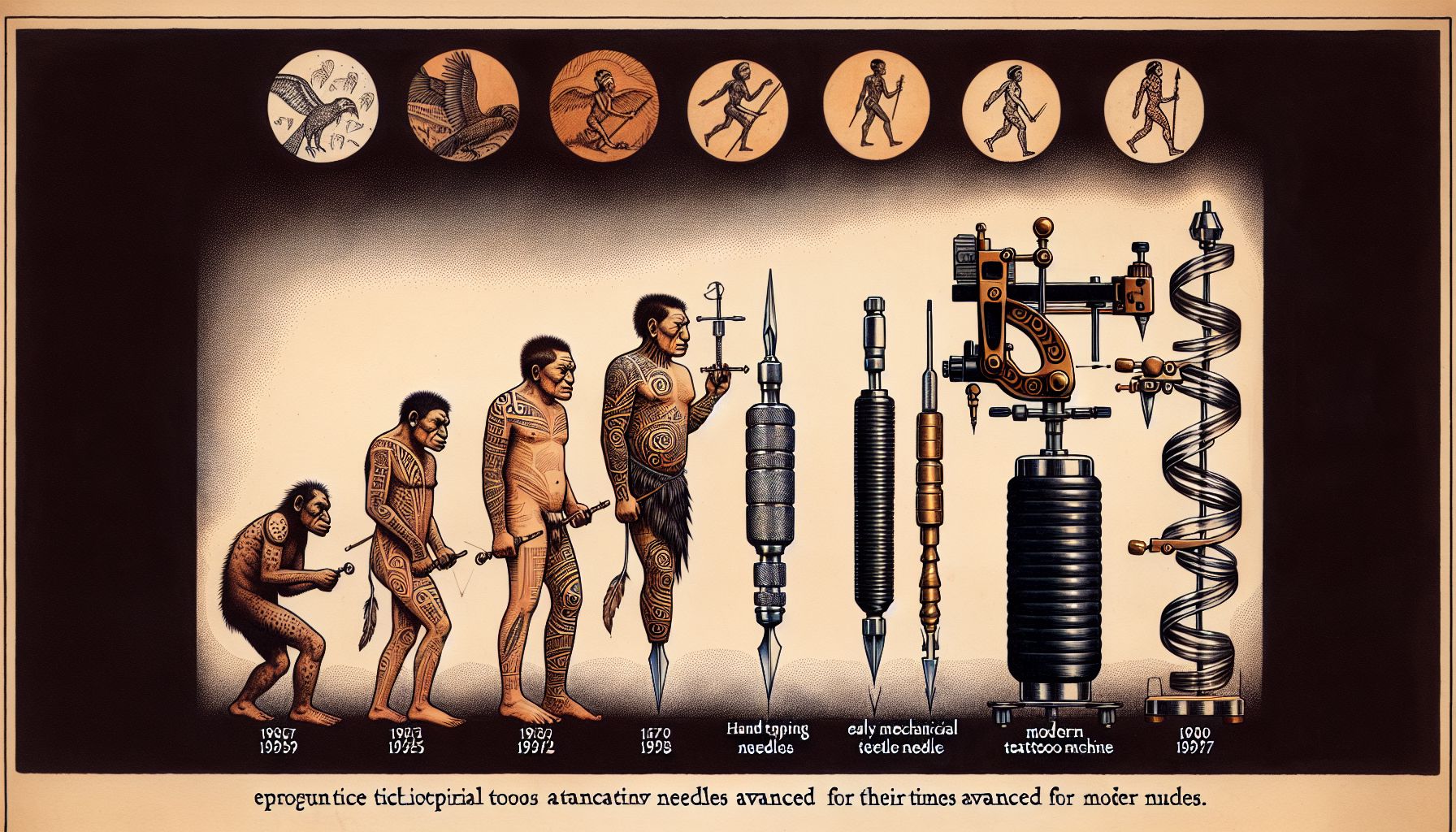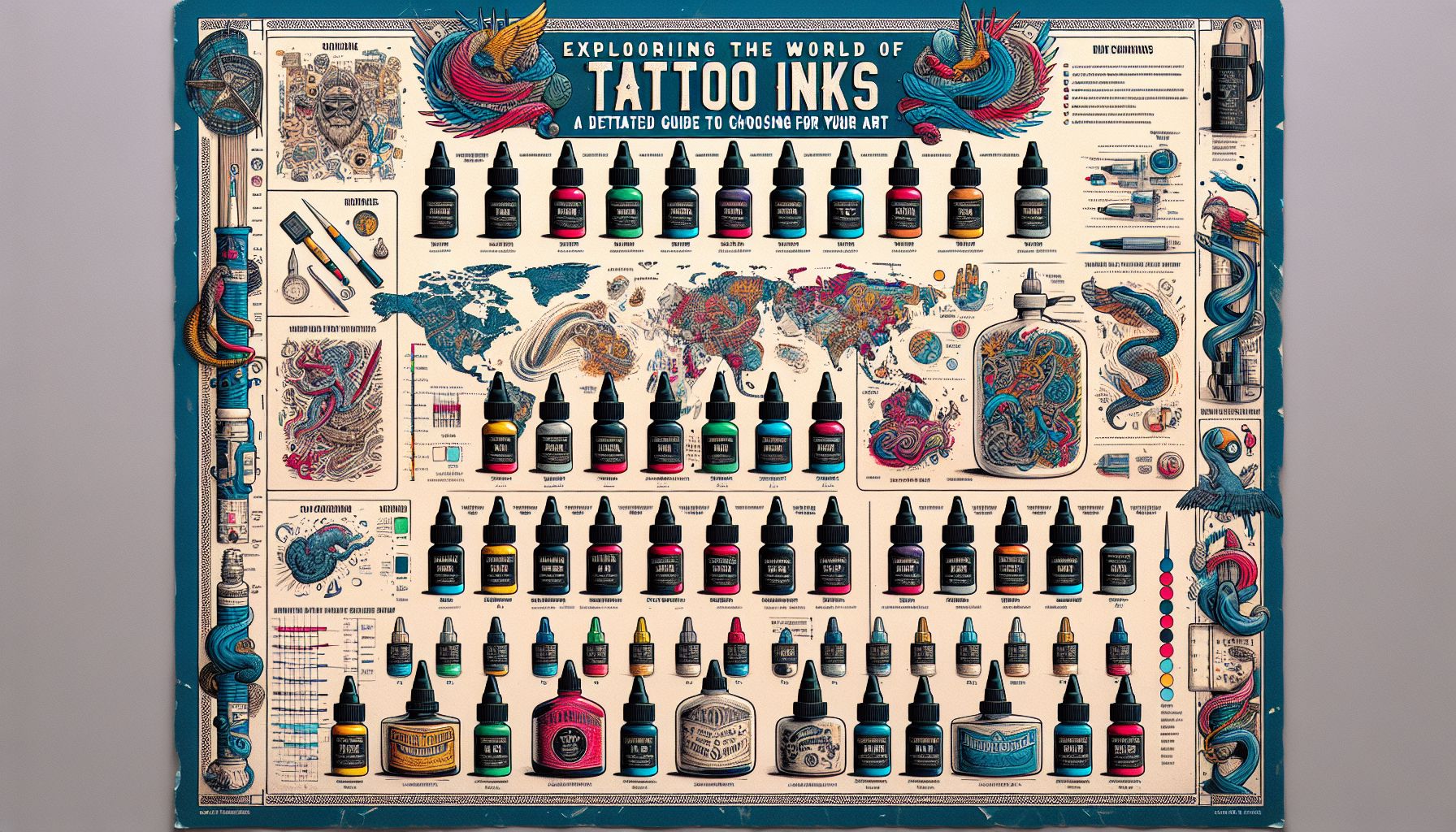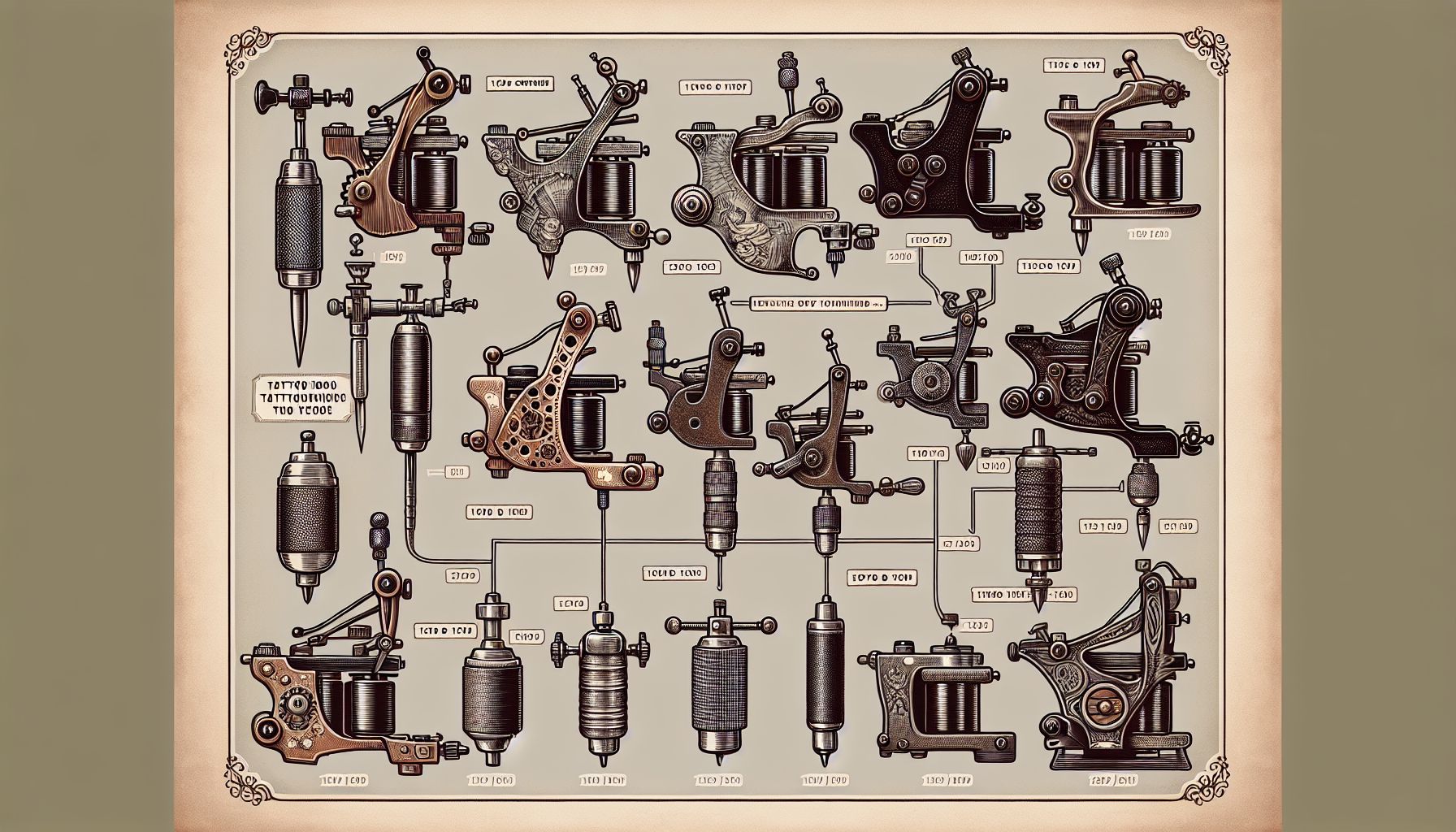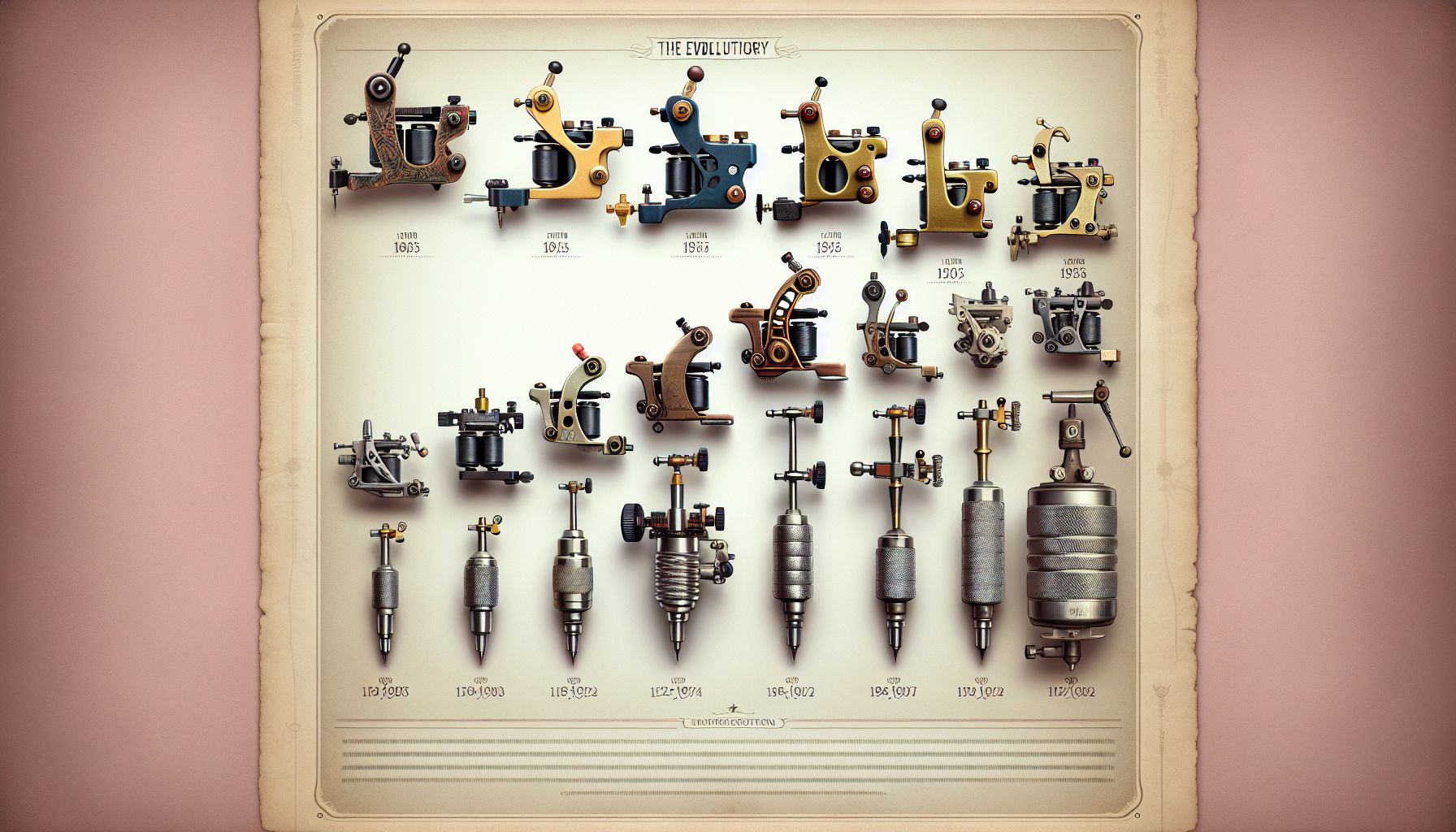The tattoo industry has seen a remarkable transformation over recent years, with one of the most revolutionary changes being in the tools we use to imprint art on the skin. From the stigma-laden beginnings to the refined and celebrated craft it is today, tattooing has elevated from a subcultural act to a widely embraced form of self-expression. Among the most essential and evolved tattoo supplies, tattoo needles stand out for their pivotal role in the artist’s toolkit. Today, let’s take an immersive dive into this critical component, exploring its evolution, variations, and best practices born out of years of firsthand experience in this vibrant industry.
The anatomy of a tattoo needle is seemingly straightforward, comprising a grouping of several thin needles affixed to a bar. However, the subtleties in design, configuration, and materials differentiate a tool that could either mar the canvas of skin or create a masterpiece. The early days of tattooing saw artists using handmade needles crafted from a variety of materials, at times as rudimentary as bird bones or sharpened metal. Contrast that with today’s precisely engineered needles made from medical-grade stainless steel, and one can appreciate the leaps in quality and safety.
Modern tattoo needles come in various configurations, each tailored to specific tasks: Round liners for fine lines and detailing, round shaders for shading, magnums for coloring large areas, and the versatile curved magnums for shaded coloring that respects the contours of the body. As an online purveyor of tattoo supplies, I’ve seen artists’ preferences evolve with these advancements, striving for needles that offer greater control, less skin trauma, and optimal ink distribution.
In selecting needles, one of my key pieces of advice is to match the needle’s configuration with the job at hand. While a novice might go for a one-size-fits-all approach, the experienced artist knows that a fine line necessitates a tight round liner, while bold shades come alive under the wide sweep of a magnum. Moreover, as the needles carve the design into the skin, the selection of a quality brand becomes non-negotiable. Superior needles deliver an even pigment dispersion and maintain their sharpness, minimizing passes over the same area — a mercy for the skin and a boon for healing.
During my years of hands-on tattooing, I have borne witness to the shift towards cartridge systems. This innovative arrangement includes the needle and its own disposable tube, offering a level of sanitation and convenience previously unattainable. Cartridges snap into place and eject with ease, providing artists with the ability to switch needle configurations swiftly within a session. This advancement has redefined the priorities in buying tattoo supplies; now, convenience and hygiene vie for attention alongside performance.
Another facet of progress in needle technology lies in the growing awareness of ethical procurement and sustainability. Ethically sourced materials, sterilization processes that minimize environmental impact, and even biodegradable packaging have become increasingly important criteria for artists who are not just craftsmen but conscious citizens.
When it comes to purchasing tattoo supplies and specifically needles, understanding the balance between cost and quality is paramount. The adage “you get what you pay for” resounds loudly here. Investing in premium needles may pinch the wallet initially, but the longevity of their performance and the resultant clientele satisfaction will pay dividends. In my experience, nothing squanders business faster than a poorly executed tattoo due to subpar supplies.
The true testament of a good needle is in the vibration it carries through the machine to the artist’s hand. A high-quality needle operates harmoniously with the tattoo machine, almost as an extension of the artist’s own fingertips. Achieving this symbiosis is partly a journey of personal preference and partly a dedication to understanding the myriad options available.
The conclusion here is not earth-shattering, but it bears repeating: The right needle can elevate your work from good to great. Whether lining with surgical precision or packing color with a gentle but firm hand, the choice of needle has an indelible impact on the final piece.
For those starting or veterans stocking their studios, remember that needles are a deeply personal choice in the array of tattoo supplies, but they always demand a meticulous approach to selection. Beyond convenience and cost lies a responsibility to use tools that uphold the standards of our craft, maintain the utmost safety for our clients, and contribute to creating tattoos that stand the test of time.
In the end, the evolution of tattoo needles is an ongoing journey, much like the art of tattooing itself. From the rudimentary tools of the past to the sophisticated, safety-conscious needles of today, they are as much a part of the tattoo narrative as the very ink they carry into the skin. As a seasoned veteran and now supplier, I’ve seen and facilitated the progress of these tiny yet mighty tools. They are reminders of our dedication not only to our craft but to the continuous pursuit of perfection within it.



